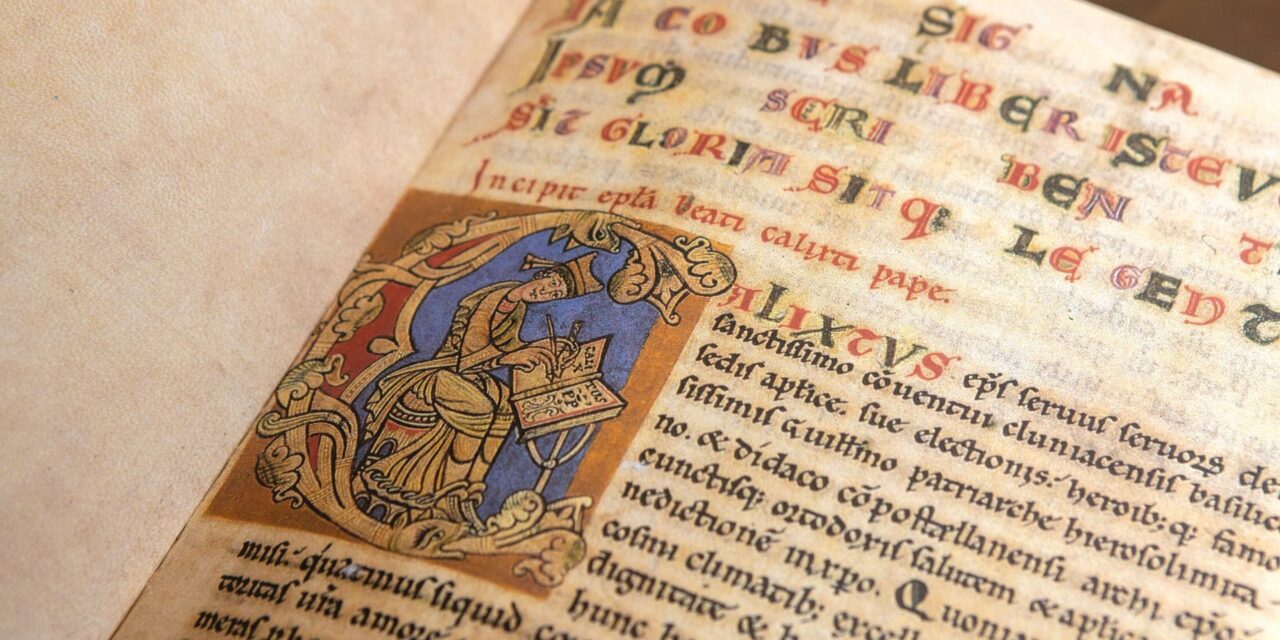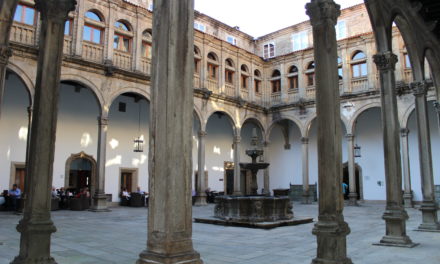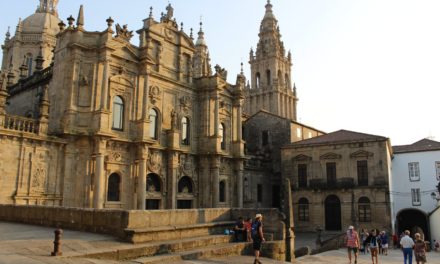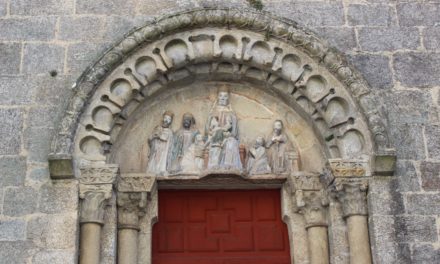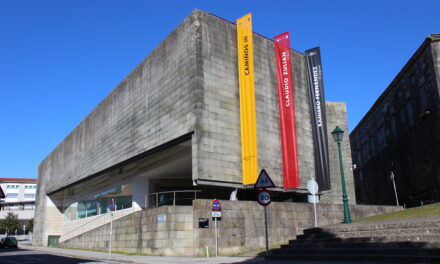The Calixtino Codex (Codex Calixtinus) is an extraordinary compilation made up of documents, scores and miniatures of great value, a compendium of Jacobean culture, the history of the Apostle Santiago, his worship and pilgrimage. In the words of Klaus Herbers, it would be a hagiographic dossier, a source conceived for the dissemination and promotion of the cult of Santiago in a very new way.
Among specialists, the codex is usually referred to as Liber Sancti Iacobi -literally Book of Santiago-, but popularly it is usually referred to as the Calixtino Codex (Codex Calixtinus), in reference to Pope Calixto II (1119-1124), who appears as the author of several of the compiled texts that, false or not, granted papal legitimacy to the manuscript and its contents in their time.
The most probable date for the writing of the Calixtino Codex is the middle of the 12th century, although some of its parts could have been written at an earlier time. The truth is that the idea seems to come from a few decades earlier, as Díaz y Díaz pointed out, the project must have been conceived in the scriptorium of the cathedral of Santiago during the archbishopric of Diego Gelmírez (1068-1140), who also launched another great undertaking: the History of Compostela, a history of the diocese of great value.
The most extraordinary thing is that, despite having suffered various incidents, the manuscript has come down to us in its entirety, with all its contents and an organization into five books plus an addendum or annex. Currently, as throughout the past centuries, the codex is preserved in the Archive of the Cathedral of Santiago, and there are also more or less partial copies in various archives and libraries in Europe, some of them also of medieval origin.
During the Middle Ages, the writing and illumination of codices on the lives of saints or patrons of certain churches was frequent, particularly pilgrimage centers that sought to propagate their cult. In the 11th and 12th centuries there are numerous examples, such as those dedicated to Santa Fe de Conques or St. Gilles de Arles, but these are very different works from the one at hand, as they were fundamentally biographies of saints, focused on their lives. and miracles, while the Calixtino Codex goes much further.
We want to dedicate a series of posts to introduce this magnificent manuscript and its contents, bring you closer to its five books: Book I dedicated to the liturgy and music in honor of the Apostle Santiago; Book II, known as the book of miracles, which includes 22 attributed to the apostle; Book III that provides various documents on the history and Translation of the relics of Santiago to Compostela; Book IV, known as “Pseudo Turpín”, dedicated to the relationship of Charlemagne and his campaigns with the pilgrimage to Compostela; and Book V, known as the “Pilgrim’s Guide”, which is truly an extraordinary example of a guide for the medieval pilgrim.
But we are not only interested in introducing its contents, we also want to address its miniatures, introduce existing copies in other archives in Spain or other countries, the importance and role they played in spreading its cult… And, certainly, also remember the adventures lived during these centuries, among them a recent robbery -fortunately with a happy ending- that will allow us to resume an old medieval genre: the furta sacra (sacred robberies).
We invite you to join us on this extraordinary journey…

